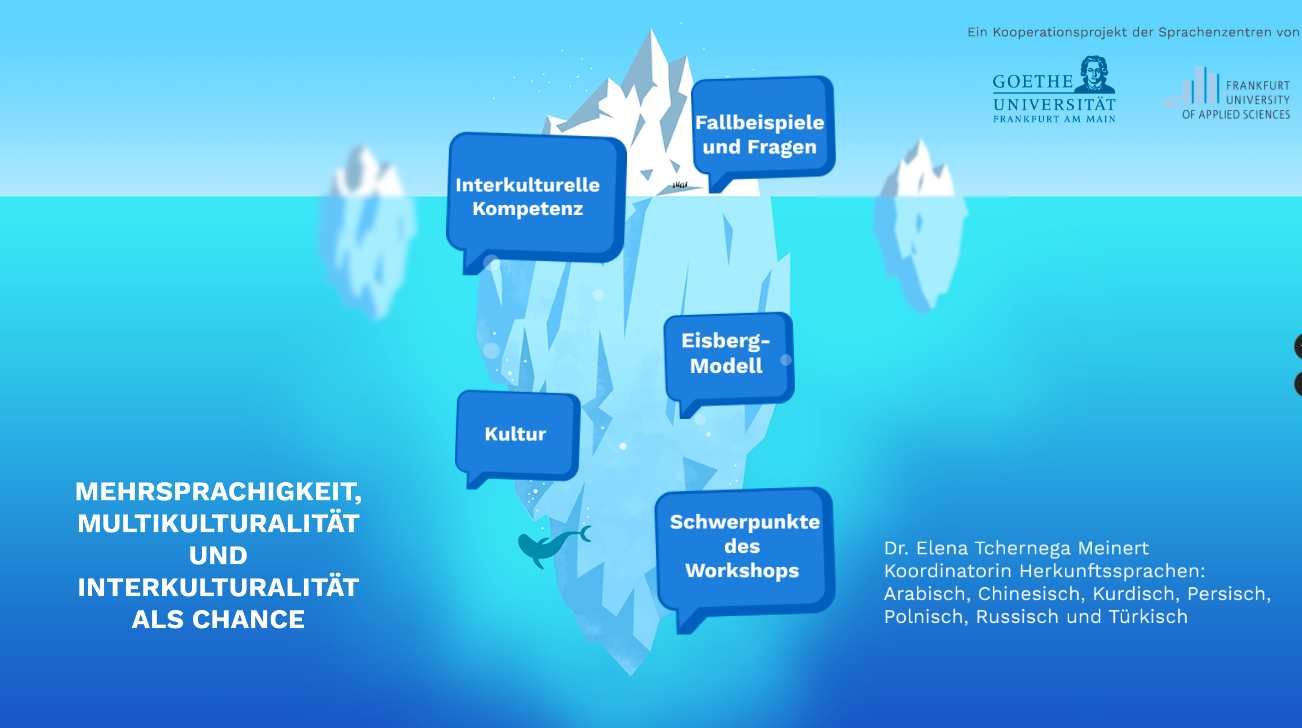
- Dozent/in: Elena Tchernega Meinert

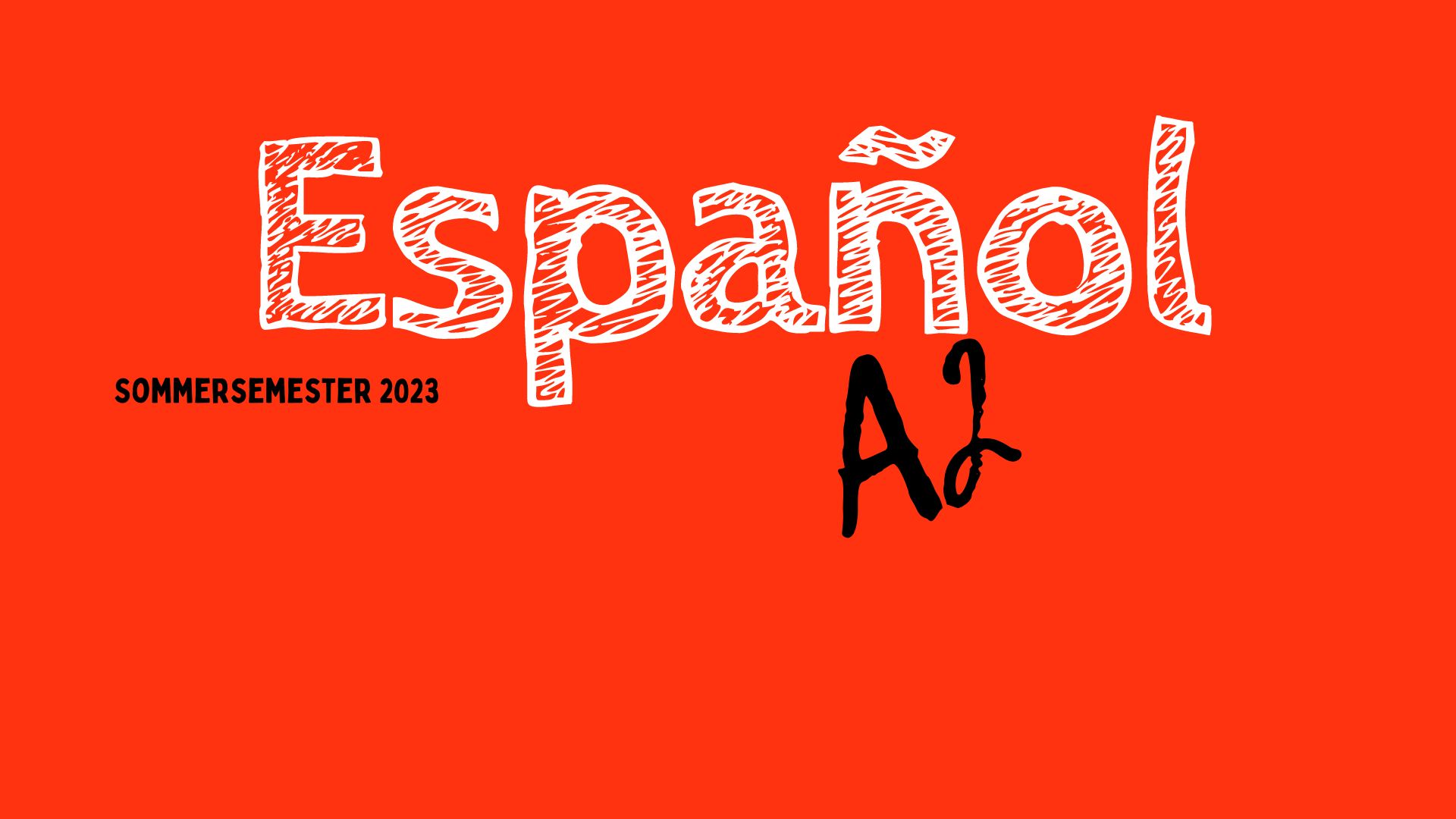

This workshop equips lecturers with practical, effective strategies for those critical initial moments in an EMI classroom. It highlights the importance of clear expectation management and establishing open communication to foster a positive, engaging learning environment from the start. You will learn how to confidently guide students through the first class, creating clarity about course goals, language use, and classroom culture, setting the stage for a successful semester that benefits both teaching and student learning outcomes.

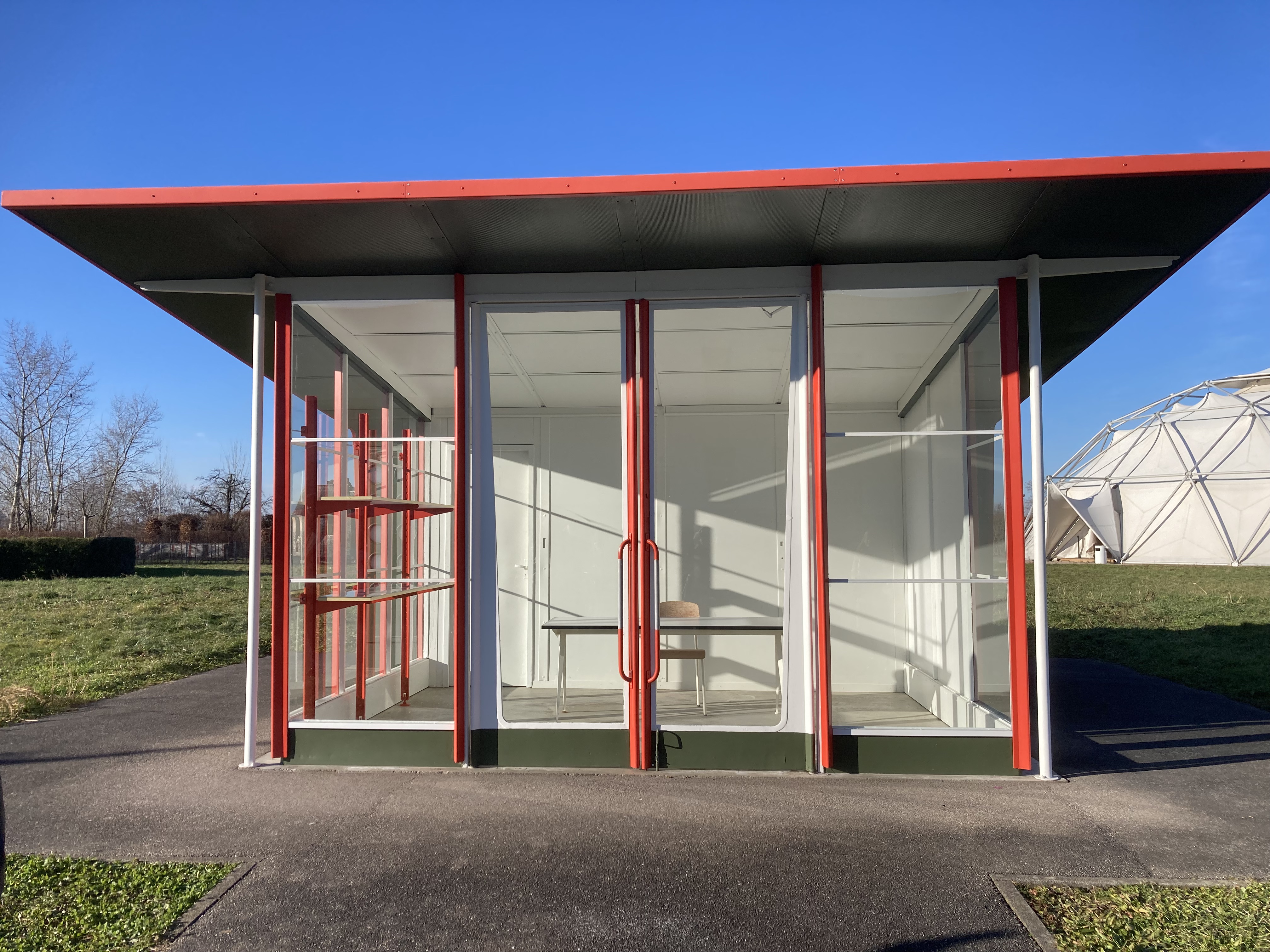
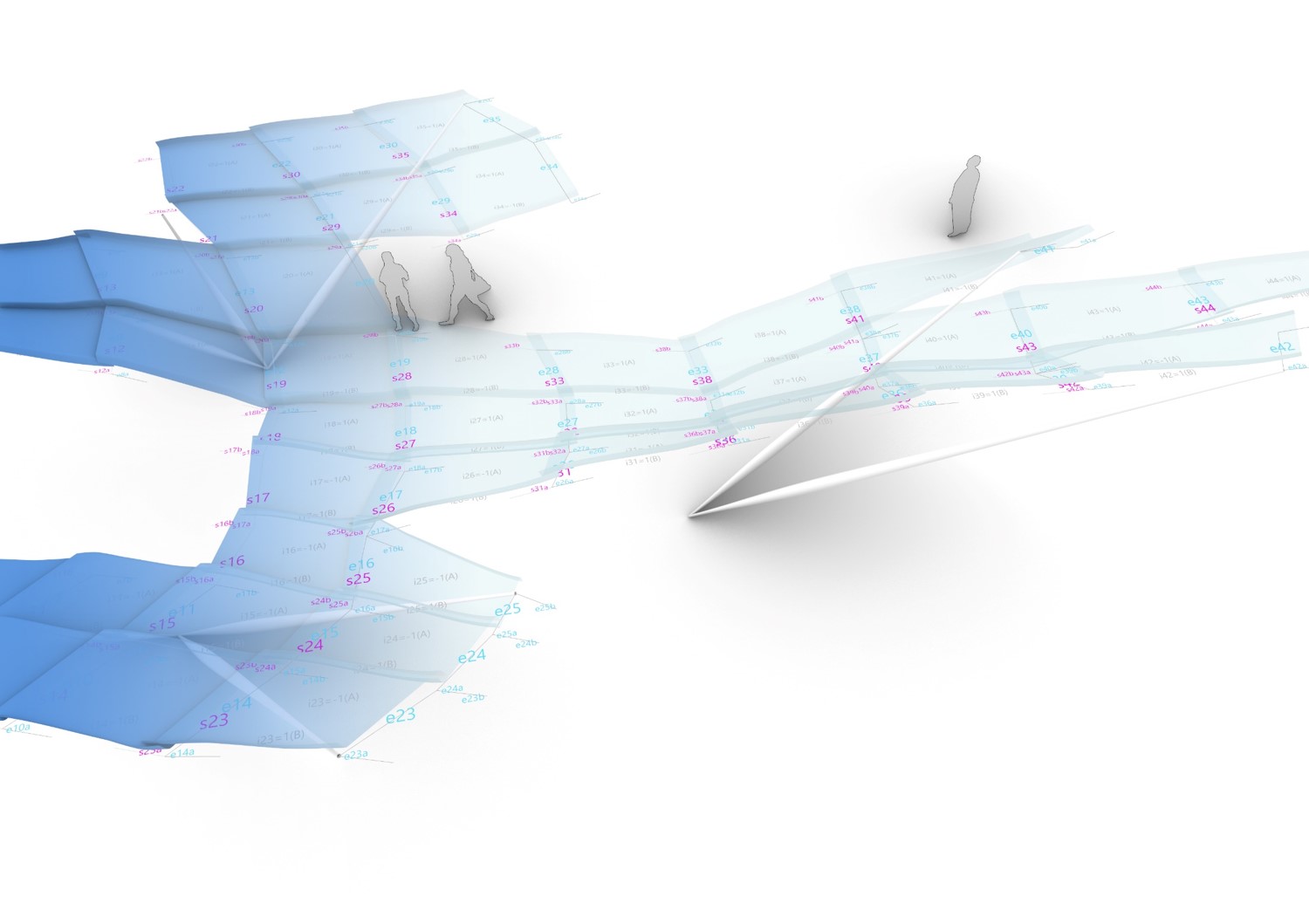
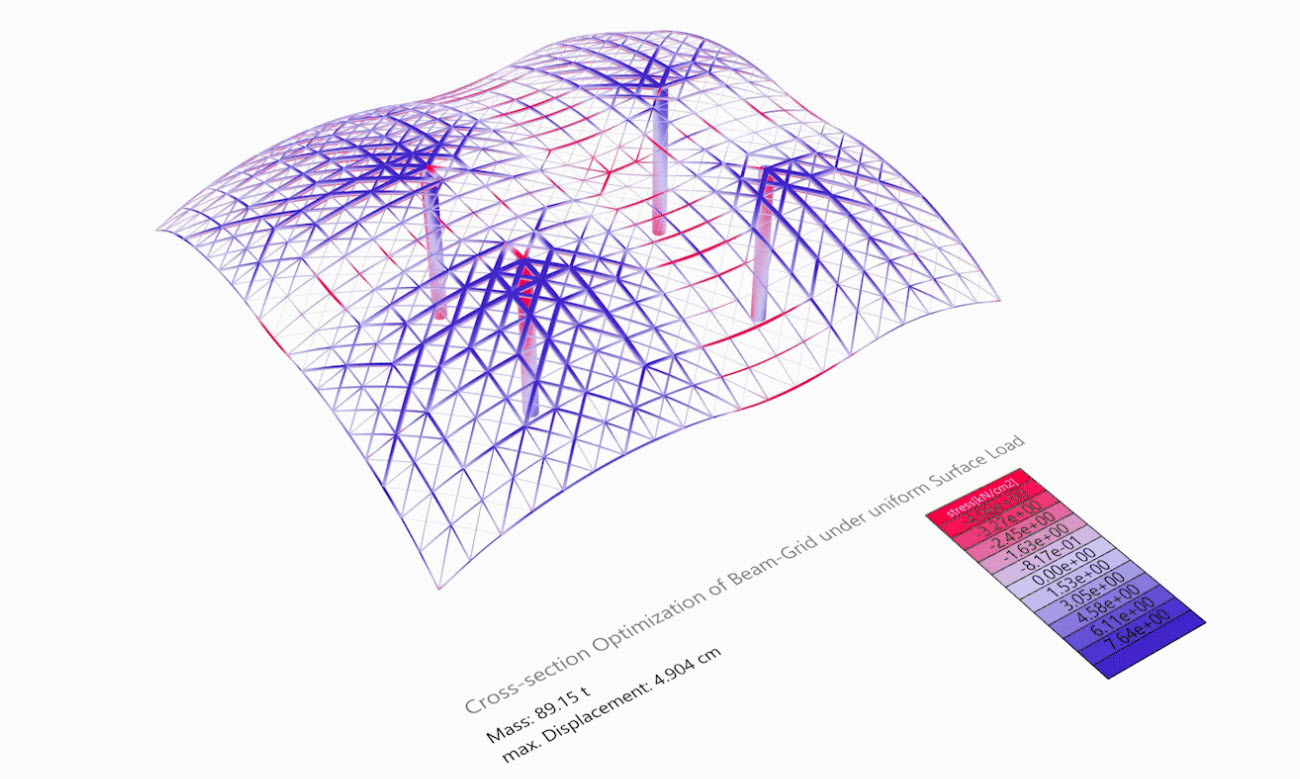
MODULAUFBAU
Das Modul besteht aus den 3 Units Baukonstruktion, Tragwerkslehre und Technischer Ausbau.
Sie entwickeln Ihre Übung mit Hilfe von Vorlesungen, Betreuungen und Werkstücken (Zwischenabgaben). Um dabei möglichst nah an die Praxis eines integralen Planungsteams zu
gelangen, werden alle Units in eine Aufgabe integriert. Die Leistung ist in 3 Werkstücke aufgeteilt,
die Gewichtung erfolgt 60 v.H. Bauko., 25 v.H. TWL und 15 v.H. TA.
Die Veranstaltung findet grundsätzlich an Dienstagen statt, die Einteilung der Units weichen
dabei aus didaktischen Gründen vom Stundenplan ab. Beachten Sie dazu unbedingt den
verbindlichen Semesterablaufplan.
UNITS/KOMPETENZEN
Baukonstruktion - Prof. Techen, Prof. Fokken, Prof. Heemskerk, Gewichtung 60 v.H.
In Baukonstruktion erhalten Sie Kenntnisse über die Konstruktion, das Tragwerk und die
Gestalt von Stahlbauten. In den Vorlesungen werden grundlegende und in Teilen vertiefende
Kenntnisse zum Thema Stahlbau vermittelt. Die Aufgabenstellung beinhaltet einen
Entwurfsanteil, da Entwerfen und Konstruieren untrennbar sind, dabei liegt ein Schwerpunkt
auf der Entwicklung eines Stahltragwerks samt der relevanten Details. Sie werden
Kompetenzen erwerben, wie Sie mit verschiedenen Strategien den Umgang mit linearen
und flächigen Stahlbauteilen bewältigen und in der Übung unterschiedliche Lösungsansätze
mit Alternativen und Varianten entwickeln.
Tragwerkslehre- Prof. Dr. Techen, Gewichtung 25 v.H.
Aufbauend auf den Grundlagen der Tragwerkslehre, die in den Veranstaltungen der TWL
1 und 2 gelesen wurden, werden Sie in der TWL 4 komplexere Strukturen betrachten.
Hierfür bietet sich Stahl als Konstruktionsmaterial hervorragend an. Mit Stahl, eingesetzt
in punkt- und stabförmigen Bauteilen, aber auch in der Fläche wird der Kraftfluss des Tragwerkes
visuell nachvollziehbar. Die direkte Verlinkung mit der Baukonstruktion ermöglicht
das Erlernte sofort in Konstruktionen umzusetzen. Ziel soll dabei sein, Tragwerke nicht nach
Abschluss des Gebäudeentwurfes zu entwickeln, sondern das Tragwerk als wesentlichen
Bestandteil der Architektur zu verstehen und es als integralen Entwurfsansatz zu sehen.
Hierzu werden Sie im laufenden Semester die Grundlagen zum Tragverhalten von Stützen,
Fachwerken, Rahmen und weiteren Trägerkonstruktionen kennenlernen.
Technischer Ausbau- Prof. Schmitz, Gewichtung 15 v.H.
Der Kurs vermittelt Ihnen technische und energetische Gebäudekonzepte im Sinne einer
nachhaltigen und integralen Planung. Denn jedes Bauwerk beeinflusst seine Umwelt über
Generationen. Städtebauliche und architektonische Qualität, Energieeffizienz, Wirtschaftlichkeit,
ökologische und soziale Verträglichkeit etc. sind vielfältige Anforderungen an ein
Gebäude. Ziel ist es, diese Anforderungen analysieren und fundiert bewerten zu können
und daraus die passenden planerischen Antworten abzuleiten. Das Bewusstsein für den
Einfluss des Architekten auf seine Nachwelt soll dabei geschärft werden.
Im Weiteren wird TA auch TGA (für Technische Gebäudeausrüstung) genannt.

Informationen zur Exkursion am 21.01 nach Weil am Rhein